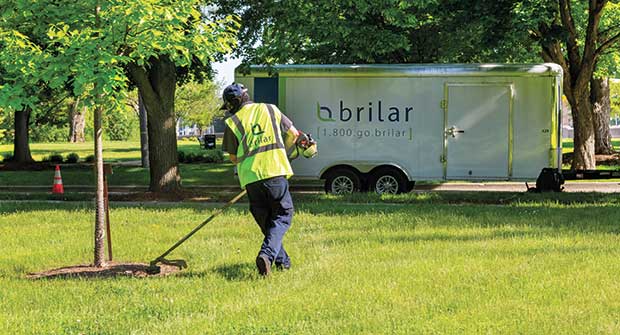
We often think of conflict as a bad thing. For many, the word conflict implies arguments, loud voices, name-calling and physical combat. Growing up, I shared a bedroom with my older brother. We had conflict almost every day, and I was usually on the losing end of it. Believe me, I understand this connotation perfectly. The negative side of conflict is destructive and unhealthy, but there is another side of conflict that builds up and is extremely healthy. In fact, it is essential for great teamwork.
Healthy conflict involves asking questions, offering constructive criticism and debating ideas in a helpful, positive way with the goal of seeking the best possible outcome.
Author Patrick Lencioni describes the two extremes of conflict in his bestselling book, “The Five Dysfunctions of a Team.” At one extreme is avoiding conflict at all costs. Teams that avoid conflict pretend that everything is great even when it’s not. Some of us grew up in families that were like this. On the surface, everything looks great, but underneath the surface is a sea of unexpressed ideas and emotions.
At the opposite extreme is the team that engages in mean-spirited conflict filled with hurtful personal attacks. People on the team are easily triggered, unwilling to control their emotions and sometimes even proud of their ability to blow things up. Some of us grew up in families like this as well. Despite all the drama, not much is resolved during these shouting matches.
Teams functioning close to either of these extremes will underperform unless they are just plain lucky.
The highest-performing teams engage in constructive conflict. Conflict is expected, encouraged and required to ensure all voices on the team are heard, all angles have been considered and the best possible decision is made.
The other reason conflict is so important is when people have a chance to speak their mind, they are more willing to support the company’s decisions. Even if they don’t fully agree with the decision, they know their input was considered. Lencioni uses the phrase “weigh in to buy in.” When people have an opportunity to weigh in on a decision, they will be more able to buy in to the decision when it’s made.
High-performing teams avoid the extremes. They seek constructive conflict. If there is no conflict, it means that people are holding back, afraid or unwilling to speak their minds. They also avoid ugly conflict that only tears people down. It’s a balancing act.
Leaders who avoid conflict or who want to blow up the room are simply afraid of being questioned, receiving criticism or having to facilitate a round of uncomfortable discussions. Leaders who allow or encourage conflict on a team require vulnerability. Leaders who grew up in families where conflict was not allowed or where conflict resulted in trips to the hospital struggle the most with this. They can overcome the influences of their upbringing if they’re willing to put in the effort.
Consider your leadership approach. Do you encourage healthy conflict? Do you tend to shut it down, or do you tend to blow it up? How did your family handle conflict? What would your people say about your leadership in this area? These are all good questions to answer.
Now go forth.

